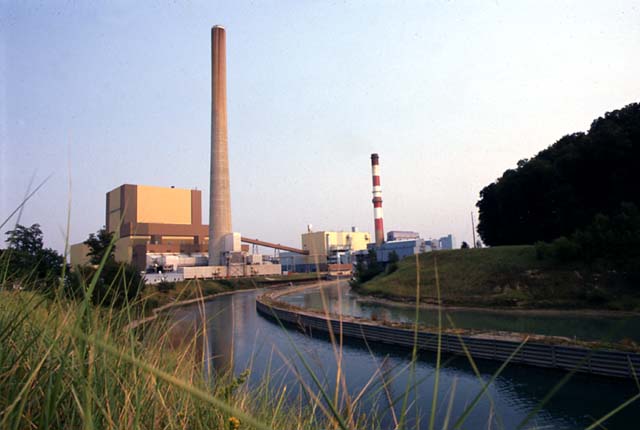At least $1 billion was expended by Consumers Energy customers to make the Campbell one of the cleanest coal plants in the nation, yet Consumers Energy executives want to sock it to these customers and close the plant in 2025. The effect of the anti-polluting equipment has been significant, such as reflected in the table below from https://www.michigan.gov/egle/-/media/Project/Websites/egle/Documents/Reports/AQD/state-implementation-plan/2024-05-sulfur-dioxide-emissions-from-large-sources-in-michigan.pdf :

Furthermore, coal ash generated in the Campbell plant is now contained in fairly new ponds. An outside engineering company was contracted for this project. And a third independent company supervised/certified that the measures utilized for the coal ash containment were up to standards, . Furthermore, coal ash can be sold to companies to transform it into “carbon-intensive” portland cement and concrete applications. See https://www.consumersenergy.com/-/media/CE/Documents/sustainability/coal-combustion-residuals/jhc/bottom-ash-units-1-2/202201-jhc-ponds-1-2-ccr-2021-annual-gw-report-trc.pdf explaining this operation.
The by-products of coal generation will also increasingly be important as a source of rare earth minerals so the USA is not dependent on China for these minerals so important to our industrial and defense security.
Regarding its CO2 emissions, direct air carbon capture is now commercially available. But in reality, CO2 alarmism is unwarranted.
Regarding the coal source, it is open pit mining which is highly automated and occupationally safe. Furthermore, it is subject to environmentally sensitive land reclamation once the coal at the site is expended.
The Campbell affords an excellent opportunity to supply reliable electric for a data center, which is so important to our economic security.
Finally, the combination of coal and gas for Michigan’s electric baseload generation makes the most sense for reliability, affordability and environmental responsibility.
